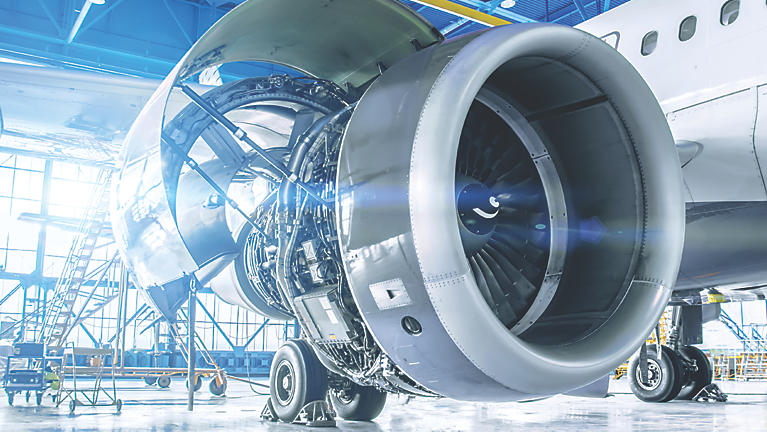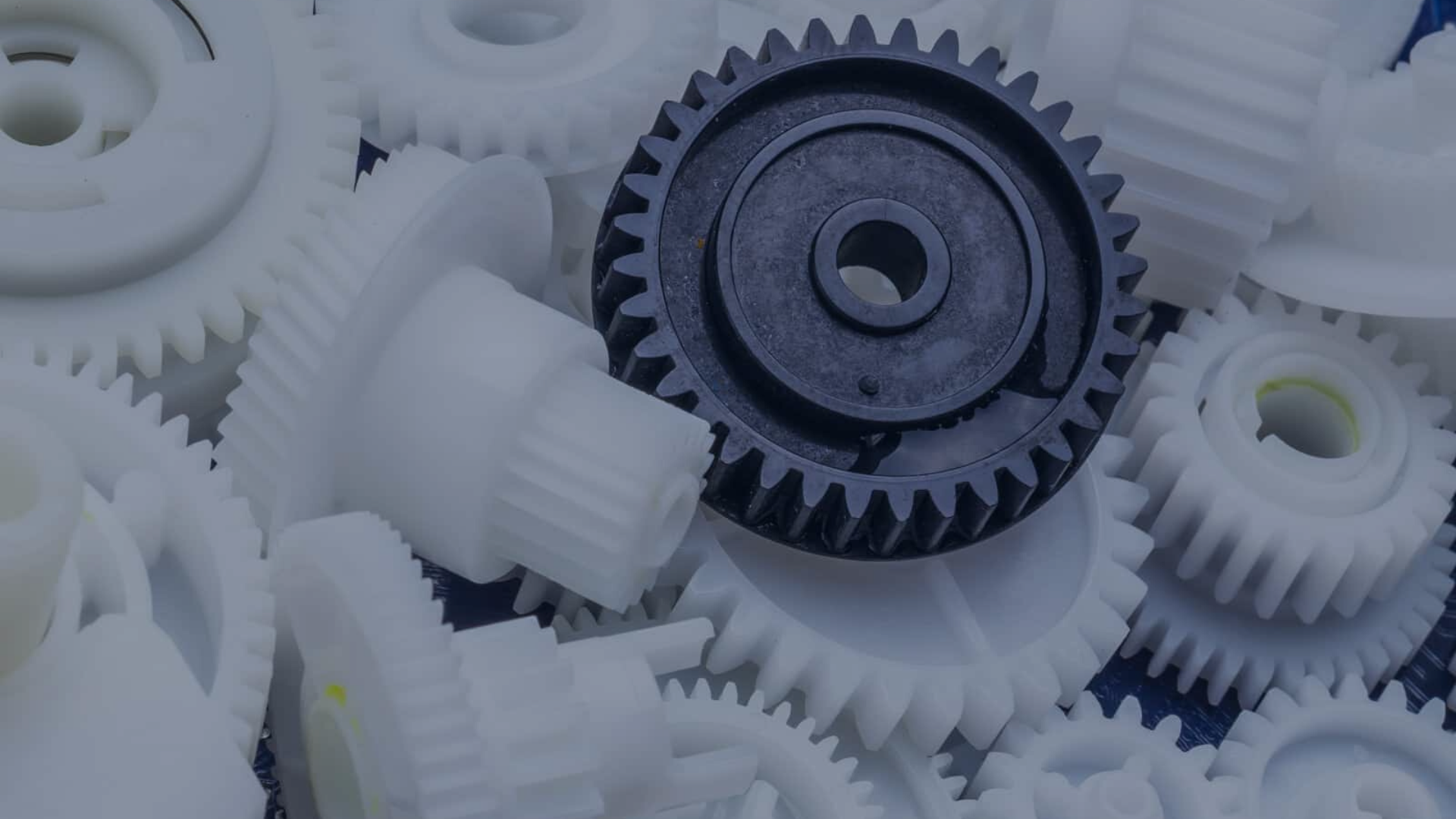Introduction
The aerospace industry has always been at the forefront of technological advancements, constantly pushing the boundaries of what is possible. One such innovation that is revolutionizing the industry is 3D printing. This cutting-edge technology has the potential to transform the way aircraft and spacecraft are designed, manufactured, and maintained. In this blog post, we will explore the various ways in which 3D printing is reshaping the aerospace industry and the benefits it brings.
1. Lightweight and Complex Designs
One of the key advantages of 3D printing in aerospace is its ability to produce lightweight and complex designs. Traditional manufacturing methods often involve multiple parts and assembly processes, resulting in increased weight and reduced efficiency. However, with 3D printing, engineers can create intricate structures with internal lattices and hollow features, reducing weight while maintaining strength. This enables the production of lighter aircraft, leading to improved fuel efficiency and reduced emissions.
2. Rapid Prototyping
3D printing has significantly accelerated the prototyping phase in aerospace development. In the past, creating prototypes involved time-consuming and costly processes. With 3D printing, engineers can quickly produce physical models of aircraft components, allowing for faster design iterations and validation. This speedier prototyping process enables manufacturers to bring new products to market more efficiently, reducing development time and costs.
3. Customization and Personalization
Every aircraft has unique requirements, and 3D printing enables customization and personalization like never before. With traditional manufacturing methods, producing customized parts in small quantities can be expensive and time-consuming. However, 3D printing allows for on-demand production of bespoke components, tailored to specific aircraft needs. This level of customization not only improves performance but also enhances passenger comfort and safety.
4. Supply Chain Optimization
3D printing has the potential to revolutionize the aerospace supply chain. Traditionally, spare parts and components are stored in warehouses, leading to high inventory costs and long lead times. With 3D printing, manufacturers can produce parts on-demand, eliminating the need for extensive storage and reducing inventory costs. This technology also enables remote manufacturing, allowing for decentralized production and faster delivery of critical.
Summary
3D printing, also known as additive manufacturing, is a process of creating three-dimensional objects by layering materials based on a digital model. In the aerospace industry, this technology is being utilized to produce complex components and parts that were previously difficult or impossible to manufacture using traditional methods.
One of the key advantages of 3D printing in aerospace is the ability to create lightweight yet strong structures. By using advanced materials and intricate designs, engineers can optimize the weight and strength of components, leading to improved fuel efficiency and overall performance of aircraft and spacecraft.
Furthermore, 3D printing enables rapid prototyping, allowing engineers to quickly iterate and test designs before committing to full-scale production. This not only reduces development time but also lowers costs associated with traditional manufacturing processes.
Another area where 3D printing is making a significant impact is in the maintenance and repair of aerospace vehicles. With the ability to produce spare parts on-demand, airlines and space agencies can reduce downtime and avoid costly delays caused by waiting for replacement components.
In conclusion, 3D printing is transforming the aerospace industry by offering new possibilities in design, manufacturing, and maintenance. As this technology continues to evolve, we can expect to see even more advancements that will shape the future of aerospace engineering go to website .

- Q: What is 3D printing?
- A: 3D printing, also known as additive manufacturing, is a process of creating three-dimensional objects by layering materials based on a digital model.
- Q: How is 3D printing transforming the aerospace industry?
- A: 3D printing is revolutionizing the aerospace industry by enabling faster prototyping, reducing costs, and allowing for the production of complex geometries that were previously impossible.
- Q: What are the advantages of using 3D printing in aerospace?
- A: Some advantages of using 3D printing in aerospace include lightweight designs, improved fuel efficiency, reduced waste, and the ability to customize parts for specific applications.
- Q: What aerospace components can be 3D printed?
- A: Various aerospace components can be 3D printed, including engine parts, turbine blades, brackets, ducting, airfoils, and even entire rocket engines.
- Q: What materials are commonly used in 3D printing for aerospace?
- A: Common materials used in 3D printing for aerospace include titanium, aluminum, stainless steel, nickel alloys, and advanced composites.
- Q: Are there any limitations to 3D printing in aerospace?
- A: While 3D printing offers numerous benefits, there are limitations such as size restrictions, limited material options, and the need for post-processing and quality control measures.
- Q: How does 3D printing contribute to sustainability in aerospace?
- A: 3D printing reduces material waste, energy consumption, and carbon emissions in the aerospace industry by optimizing designs, minimizing the need for assembly, and using lightweight structures.
- Q: What are the future prospects of 3D printing in aerospace?
- A: The future of 3D printing in aerospace looks promising, with ongoing research and development focused on improving materials, processes, and scalability for larger and more complex components.

Welcome to my website! My name is Mason Ringrose, and I am a passionate and dedicated professional Print Management Software Developer. With a strong background in advanced printing technologies, 3D printing innovations, and sustainable printing, I am excited to share my knowledge and expertise with you.

